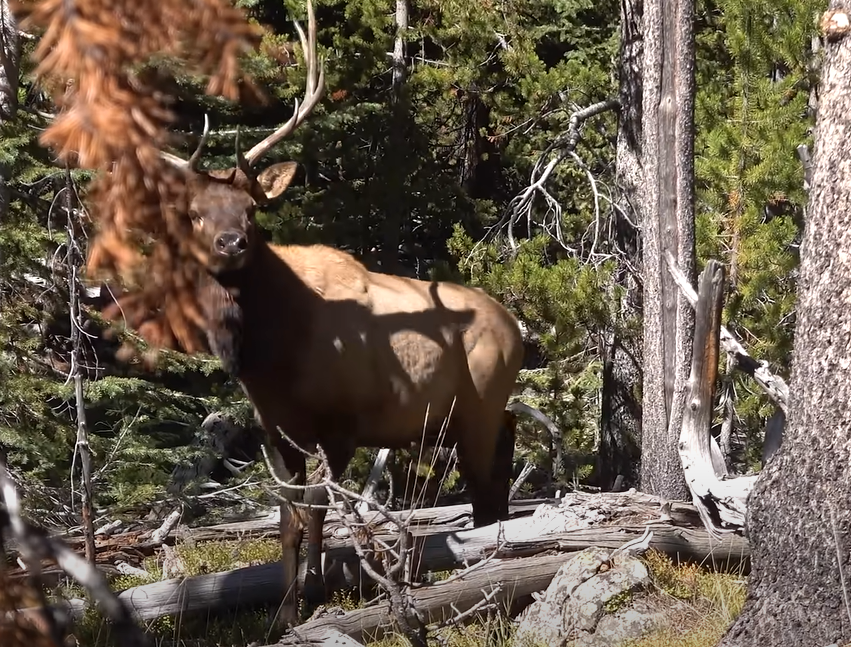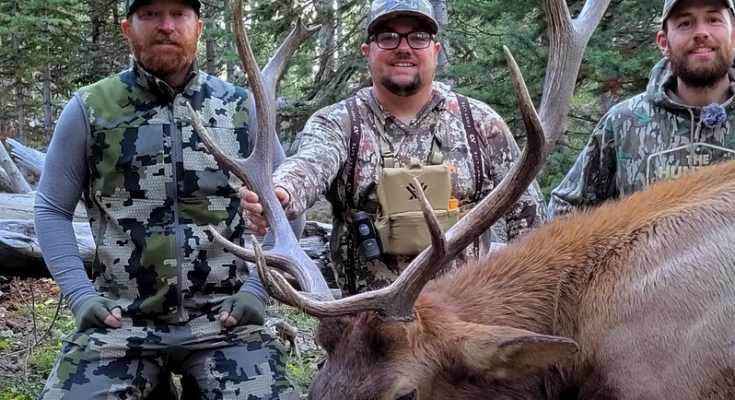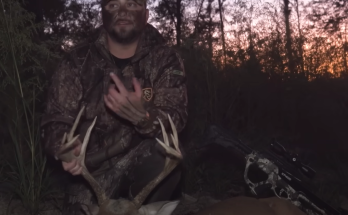Bowhunting elk in dark timber is one of the most intense and rewarding experiences a hunter can have. The close-quarters encounters, the echoes of bugling bulls, and the challenge of navigating thick forest create an adrenaline rush like no other. To successfully call in a bull in this dense, unforgiving terrain, hunters must rely on strategy, patience, and precise shot execution.
The Challenge of Dark Timber
Elk thrive in dark timber for a reason—it provides cover, security, and cooler temperatures, especially during the rut. These thick, shaded forests make spotting elk difficult, requiring hunters to rely on sound rather than sight. Calling becomes the primary method to locate and draw in a bull, but it must be done carefully to avoid spooking them.
Wind is a major factor in dark timber. Elk have incredible noses, and one whiff of human scent will send them running. Successful hunters constantly check the wind direction, using thermals to their advantage. Moving strategically and staying undetected is just as important as making the right call.
The Power of Calling
During the rut, bulls are highly vocal, responding aggressively to bugles and cow calls. The key is knowing when to challenge a bull with an aggressive bugle versus luring him in with soft cow calls. A mix of both often works best, creating the illusion of a bull with a hot cow, triggering dominant bulls to move in.
In dark timber, bulls often come in silently, ghosting through the trees without making a sound. This makes patience crucial. Many hunters make the mistake of calling and moving too quickly. Waiting 10-15 minutes after calling can be the difference between success and a missed opportunity.
The Close Encounter
When a bull does commit, the action happens fast. Bowhunters must be ready, keeping their release clipped on and their bow in hand. Getting drawn without being detected is one of the toughest parts of the hunt, as any sudden movement can send the bull bolting.
As the bull steps into a shooting lane, a well-placed arrow is critical. In thick timber, shot angles can be tricky, so hunters must ensure they have a clear, ethical shot before releasing. When the arrow finds its mark, the real work begins—tracking and packing out an elk through miles of rugged terrain.
The Ultimate Bowhunting Experience
Bowhunting elk in dark timber is a challenge like no other. It demands patience, skill, and the ability to adapt to ever-changing conditions. The thrill of calling in a massive bull and watching him appear through the trees is an experience every hunter dreams of. For those willing to put in the effort, the reward is an unforgettable adventure in the wild.




